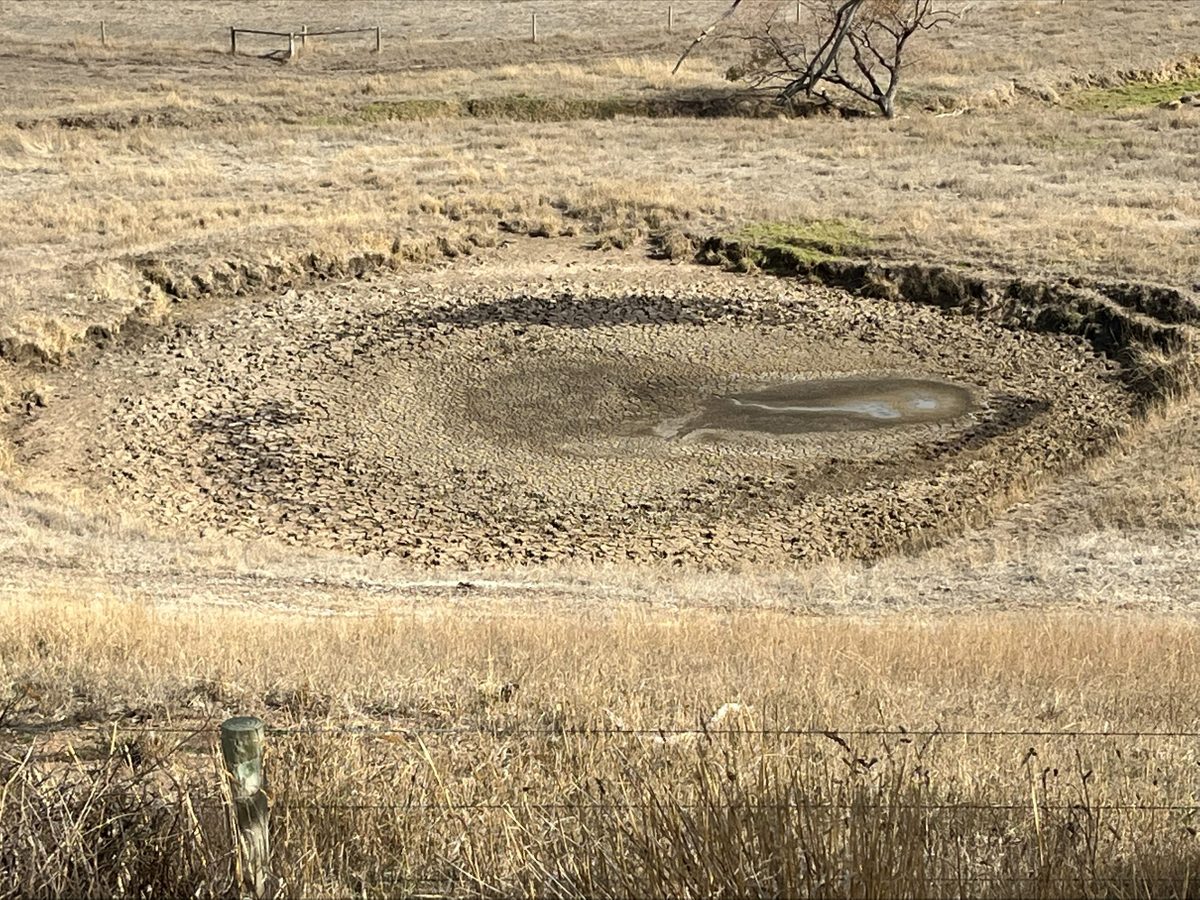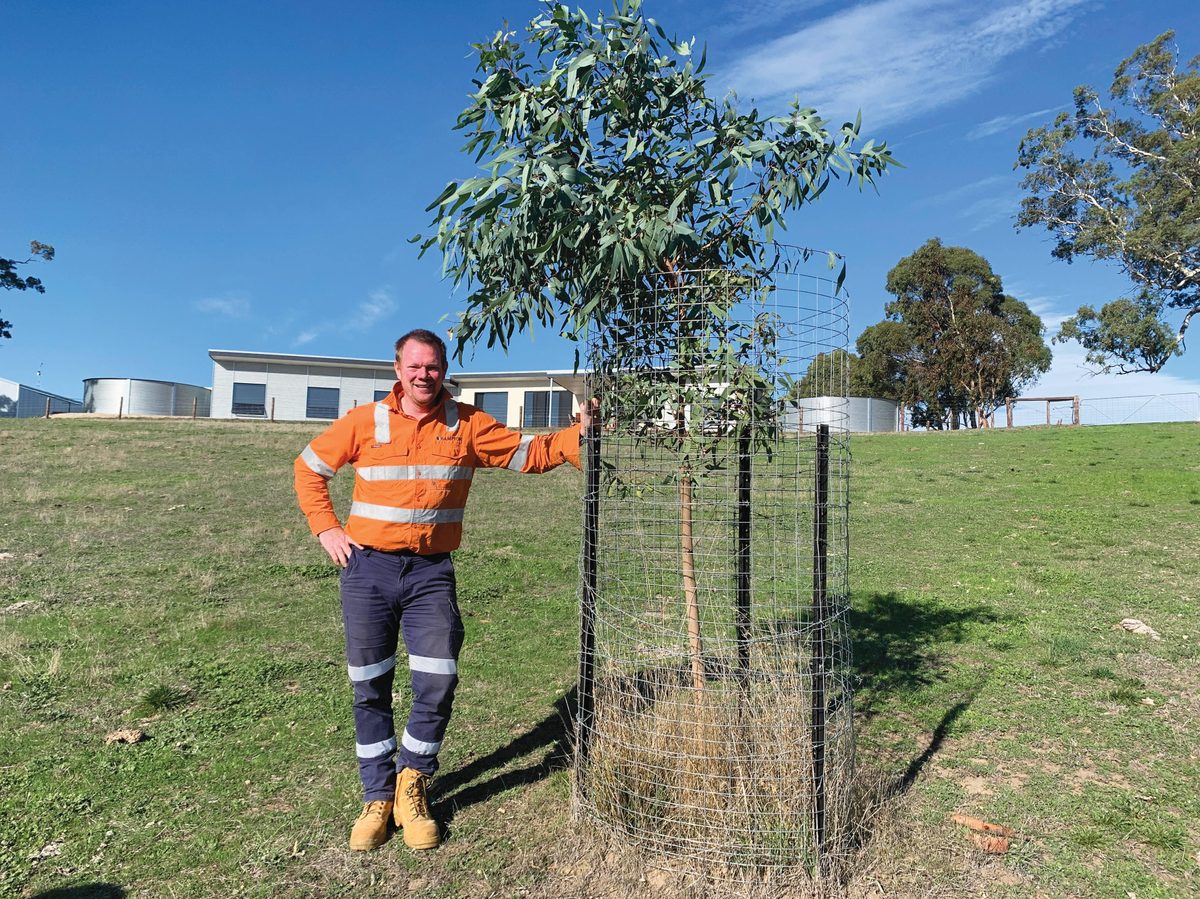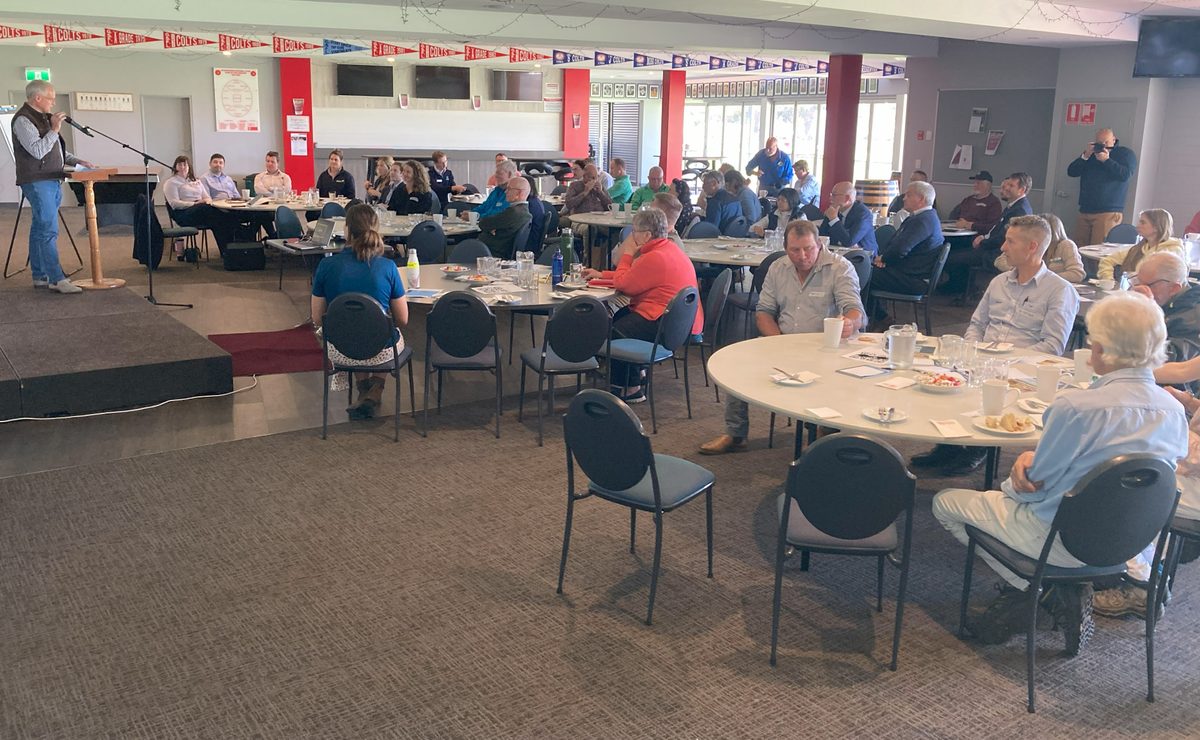Why more dams aren’t the answer in dry times

During dry periods, it’s natural to think that capturing more water on your property by building a new dam or enlarging an existing one would help secure supply. However, there are good reasons why a moratorium has been in place across the Mount Lofty Ranges since 2013, preventing new dams and dam expansions. This isn’t about restricting land managers, it’s about ensuring that water shared with other users and the environment, which we all rely on, continues to function.
The bigger picture: water is a shared resource
Water in the Mount Lofty Ranges is a community resource, it doesn’t just belong to the property where it falls. It travels through creeks and rivers, nourishing ecosystems, replenishing groundwater, and supplying water to people and businesses downstream. When more water is held back in private dams, less flows through the landscape, reducing availability for those who depend on it. This affects not only other landholders but also entire communities, industries, and the natural environment. Every drop that is intercepted before reaching the broader catchment can contribute to shortages, particularly in dry years when water is already scarce. The moratorium on new and enlarged dams helps keep water moving through the system so it remains available for everyone who relies on it.
The moratorium was introduced in 2013 to ensure the sustainable management of the region’s water resources. A key concern was that water set aside for the environment in the Water Allocation Plans would not reach watercourses and ecosystems as intended. Water storages and extractions have significantly altered the timing and volume of flows in nearly all watercourses, impacting both ecological health and downstream water users. Many catchments are already overallocated, meaning further dam development would put even more pressure on an already stretched system.
High demand and limited supply
Many of the surface water management zones in the Eastern Mount Lofty Ranges, and to a lesser extent in the Western Mount Lofty Ranges, are experiencing high demand. In some areas, total consumptive demand exceeds the sustainable amount of water available. This is why new dams are not permitted, ensuring that water is managed responsibly for all users and that critical environmental flows are protected.
Water loss from evaporation
Another problem is that so much water captured in dams is lost through evaporation. In the Western Mount Lofty Ranges around 30% of water captured in a dam is lost to evaporation, and that can be much higher in hot, dry conditions. Water evaporating from dams reduces water availability for everyone - the dam owner, downstream users, and the environment.
Protecting environmental flows
Many plants, animals, and aquatic ecosystems depend on the natural flow of water. Reducing flows by capturing more water in private dams can put pressure on native fish, waterbirds, and wetland habitats, particularly in dry years when every drop counts. Without these flows, we risk long-term declines in biodiversity and the health of our rivers.

Ensuring access for all water users
Dams don’t just affect the environment, they also impact other people who depend on water. If some landholders take more than their share, less is available for downstream users, including other farmers, communities, and industries. The moratorium helps maintain a balance by regulating diversions from the catchment and ensuring that critical water supplies aren’t compromised.
Why more dams won’t solve dry conditions
A common misconception is that more or larger dams would help individual land managers ride out dry spells. But if everyone were to take this approach we won’t have water in the places we need to do business and the environment can’t be maintained. Rather than focusing on building more dams, landholders might find that water-efficient farming practices, more efficient water storage options, and alternative water sources can offer practical ways to navigate dry conditions and strengthen resilience in a changing climate.
A sustainable approach
The rules around dam construction aren’t there to make things harder for landholders, they are in place to protect the long-term health of the landscape and ensure a sustainable future for all water users. Work is currently underway to update the Water Allocation Plans, with the goal of making them more responsive to prevailing water conditions. The updated plans will include greater flexibility to help farmers through both wet and dry periods. Additionally, the government has been working with the McLaren Vale community to develop a Regional Water Security Strategy, a long-term plan proposing a range of solutions to safeguard water resources in an increasingly variable climate.
If you’re looking for ways to improve water security on your property, we encourage you to consider options that don’t come at the cost of downstream users or the environment. Reach out to local water management experts to explore solutions that work within the existing regulations and contribute to a more sustainable future for our region.




